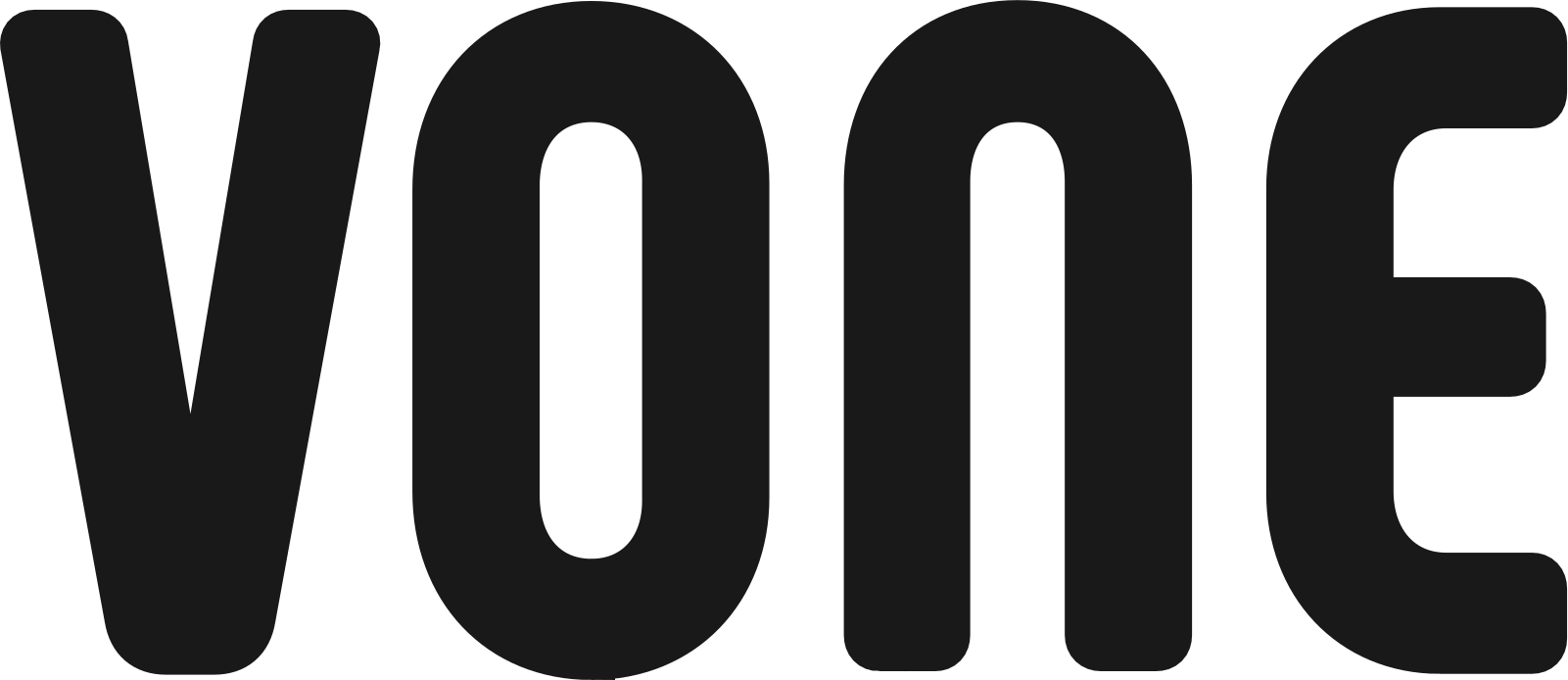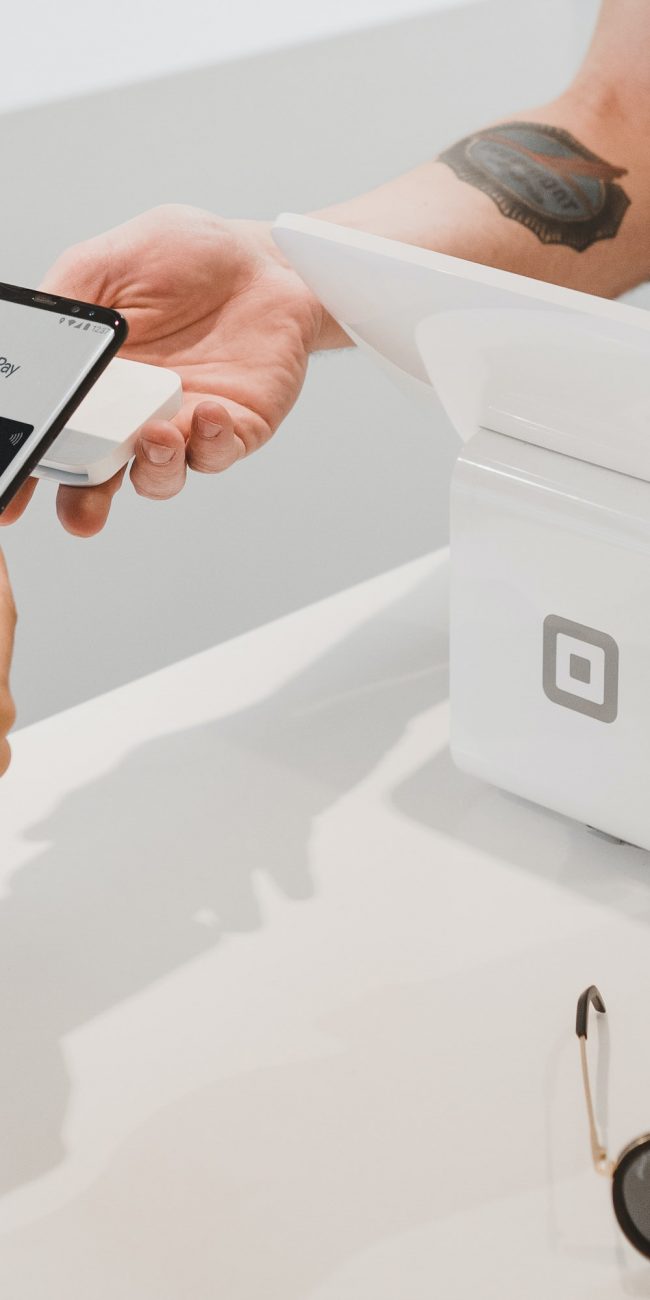
How to use predictive analytics and machine learning for predictive remarketing campaigns.
We believe that anyone can learn to do predictive marketing with the right foundation. In our series, “Core Concepts of Predictive Marketing”, Acquia’s Chief Science Officer, Omer Artun shares excerpts from his book: “Predictive Marketing: Easy Ways Every Marketer Can Use Customer Analytics and Big Data.”
This series will be a guide to everything you need to know about relationship marketing and predictive analytics in marketing. Dive in to learn how to activate your customer data and tap into unlimited opportunity.
Retargeting or remarketing, which are used interchangeably here, enable marketers to re engage people who have previously expressed interest in a brand, product or service by interactions like visiting the brand’s website or reading one of its emails. Retargeting is usually associated with visits to your website and the subsequent reminder to come back is usually directed at you via display advertising. Remarketing programs work in shorter timescales, in hours or days, because their primary objective is to increase conversions within a specific context created by the consumer.
You probably have experienced these advertisements: after you look at a pair of shoes on Zappos, and after leaving the site, the pair will follow you around the web. Whether you are on your Facebook page or browsing another website — you will often see an advertisement with the specific pair show up in your feed or sidebar.
The trigger of retargeting however does not have to be limited to a visit to your website. It can also be an email you have clicked, a visit to the store or a call to the help desk. Similarly, the reminder doesn’t have to be delivered via display advertising. The reminder can equally come via email or phone call. When channels other than display advertising are used, this marketing technique is usually referred to as remarketing. It seems that some channels are more effective than others when it comes to remarketing.
When customers visit your website, they directly and indirectly share a lot of information about their interests and intent with you. You can analyze not only the number, time, duration and frequency of their visits, but also look at the search terms used to find your site, the specific pages of your site visited, the items looked at, any on-site searches conducted and potentially items abandoned in a shopping basket on your site. All of these pieces of information can be used to do personalized outreach to these visitors in follow-up communications to try to bring them back to your company. A simple reminder can often help bring customers back to your site.
has even bought from you before, you have even more information to personalize the reminder. For return visitors you can calculate their likelihood to buy and the clusters that they belong to, among other things. Armed with this information, you can further customize the outreach, increasing your chances of bringing that customer back. For example, if the person who abandoned a search session or a shopping cart is a high-value shopper with a low likelihood to buy, you might as well include a discount to try and get that customer to come back. You have little to lose when the likelihood to buy is low and a lot to gain when the predicted lifetime value is high.
You can reach consumers with retargeting reminders using display advertising, search advertising (Google Remarketing Lists for Search Ads), Facebook advertising (Facebook Custom Audiences), Twitter (Twitter Tailored Audiences), email, direct mail or phone calls.
You can only retarget consumers if you can recognize them. You could identify a user based on personally identifiable information such as an email address, or a cookie, a small text file that stores information on your hard drive and helps advertisers track you as you move across the web. If all you have is a cookie, then all you can do is target display advertising to follow this user around the web. However, if you can recognize a user’s email address, from current or past browsing sessions, then you have better options. You can now target this customer using email, Facebook advertising or, if you can tie the email to a physical address, even a postcard.
There are some techniques you can use to recognize more anonymous visitors to your website. For example, you can tag and capture a web visitor’s email address upon account creation and subsequent login, or tag and capture their email address on any forms that collect emails on the site — the most typical of which are newsletter sign-ups and guest checkout (customers provide an email there for confirmation purposes). A lot of the web traffic comes from email clicks, so a major boost in identification can be gotten when the client includes the user identity in the email links, so that the identity is passed in the URL (either as raw email address or as some encrypted ID) or puts code on the site to parse and decode the user ID from the link. Basically your goal is to capture the identity whenever possible and associate it with the cookie, so you can identify subsequent anonymous sessions by that user. Using these techniques and others, some brands have been able to recognize half of the visitors to their website as compared to the industry average of only 10 percent of known visitors.
PREDICTIVE ABANDONED CART CAMPAIGNS
Abandoned cart campaigns consistently rank among those with the highest ROI. For most companies and industries, email is the best format for an abandoned cart campaign. For some large ticket items, a postcard reminder can be effective. When designing your email, don’t make it too complicated. Simply remind the potential customers of their abandoned cart and include a link to easily bring them back to their cart or checkout page. You want to get them to the checkout page with as few distractions as possible.
Experiment with timing. Measure the response rate to find out how long after the cart is abandoned to send the message. There are different schools of thought here. Some technology vendors recommend that you send a reminder as soon as possible. However, in our experience, faster is not always better. There are several reasons why you might want to wait a couple of hours, or preferably a full day, to send an abandoned cart campaign. First, some consumers find it creepy that you remind them right away. It strengthens the feeling that you are “watching every move of your customers.” That is exactly what most marketers are doing, but you may want to be a bit subtle about it. Second, if you have multiple channels, it is very possible that some customers abandon a cart, but subsequently buy the item using another channel, for example, your call center. Unless your call center software is synchronized in real time to the system that sends the abandoned cart reminders, you may want to wait a couple of hours. This is especially true if you decide to include a discount in your abandoned cart reminder. Nothing is more disappointing to a customer than to realize they could have gotten a discount on the item they just purchased.
Third, if you send a discount offer too quickly, you may train your customers to expect a discount every time. If customers can get a discount just by placing an item in a cart and waiting for five minutes, then every customer might do this going forward. That would have disastrous effects on your margins. Finally, some shoppers don’t appreciate being bombarded with marketing messages. Whereas they might have bought from you that day, if you contact them one too many times, you might scare them away. As always, it is best to test what works in your situation.
The essence of a predictive abandoned cart campaign, as compared to a regular abandoned cart campaign, is the use of predictive algorithms to differentiate the offer you send to customers. For customers who have a very high likelihood to buy, you send a simple reminder. However, for customers with a very low likelihood to buy you can safely include a discount. You have little to lose because these visitors would not purchase otherwise anyway. You can go one step further and differentiate the level of discount based on a customer’s historical sensitivity to specific discount levels. Test the impact of different levels of discount or gifts as part of the campaign to determine whether offering a discount can increase your revenue and purchase rates, or if it simply eats into your profit margins.
PREDICTIVE ABANDONED SEARCH CAMPAIGNS
Unlike abandoned cart campaigns, which are somewhat specific to online commerce, search and browse abandonment campaigns apply in all industries. Our research shows that visitors who use a website’s search functions are six times more likely to make a purchase than visitors who do not. These visitors are more than just casual browsers. Don’t lose these potential customers to competitors. You can set up an abandoned search campaign to remind these customers to return to your site, to give you a try or to get in touch. Abandoned browse emails have open rates very similar, or even higher than, abandoned cart emails, typically in the 30 percent range. Clickthrough rates are about 8 percent. The difference between abandoned cart and abandoned browse tends to be the conversion rate: about 4 percent for abandoned browse and anywhere from 20 to 60 percent for abandoned cart campaigns.
As a result the revenue per email that you can expect from abandoned cart campaigns is about $2.50 but for abandoned browse campaigns it is only $0.50. Of course revenue numbers are highly dependent on your average order value and the numbers quoted are specifically for retail, where the average order value is about $100.
An abandoned on-site search campaign works just like the abandoned cart campaign. If a website visitor is logged in, an email or Facebook advertisement can be sent to the address on file offering recommendations similar to or complementary to the searched for items. If the visitor is not a logged-in user, cookies can be used to retarget them with ads for relevant items.
Abandoned search campaigns also work for people who come to your site using a Google AdWords search. Google AdWords is often one of the most expensive marketing channels. Once you have paid for a potential customer to click through to your site via an AdWords query, it makes sense to do everything possible to convert him or her into a customer. The best part about a visitor coming via AdWords is that you already have a good idea about what she is interested in buying. Similar to the campaigns above, abandoned AdWords searches can be followed up with targeted offers enticing the potential customer to come back to make a purchase.
The same recommendations we discussed for abandoned cart campaigns apply also to abandoned search campaigns, with respect to capturing site visitor information, timing abandonment campaigns, and including an offer based on predictive insights. We recommend you limit yourself to personalized recommendations and a friendly reminder for customers with a very high likelihood to buy and that you include an offer or discount for those with a very low likelihood to buy. As with abandoned cart campaigns, you may want to wait at least 24 hours before sending your reminder or offer, to give customers a chance to complete their purchase first and to avoid training them to wait for discounts.
PREDICTIVE ABANDONED BROWSE CAMPAIGNS
Even if you do not have on-site search or if a visitor does not use your site’s search feature, you still have the potential to collect data through a visitor’s browsing history. Our data shows 96 percent of all website visitors leave your site without buying something. Most of these could be targeted with reminder advertisements or emails. Compare this to the number of people who abandon a shopping cart, which is only 8 percent of all website visitors, or the number of visitors who end up buying something, which is on average only 4 percent. In other words, there are 12 times more people you could target with an abandoned browse campaign than with an abandoned cart campaign. For some companies an abandoned browse campaign generates even more revenues than an abandoned cart campaign. Whereas the likelihood to buy is much greater for abandoned cart shoppers, the volume of abandoned browse shoppers can, in some cases, more than make up for that.
When an electronics retailer started to experiment with triggered emails, they first focused on abandoned cart and post purchase emails. They sent about 3,000 post purchase recommendations daily to those who had bought something and about 4,000 abandoned cart campaign emails. The campaigns were very successful. Abandoned cart campaigns had an open rate of 55 percent and drove an incremental $10,000 in revenue every day. When this company launched abandoned browse campaigns, they were pleasantly surprised that this campaign was even more successful. By comparison, they were able to send 100,000 emails each day! Surprisingly the emails had an even higher open rate than the abandoned cart campaign with a whopping 60 percent of recipients opening the offer. This abandoned browse campaign alone drove $40,000 of incremental revenue each day. This is a good example of predictive marketing in action! Full disclosure: the numbers of this example have been changed from the original to obfuscate the company, but the ratios are based on an actual case study.
Needless to say, the same rules apply to abandoned browse campaigns as to abandoned cart and abandoned search. You can make these campaigns even more profitable by differentiating your offer based on likelihood to buy.
See even more examples of how marketers can use machine learning models to improve marketing performance in our e-book: Machine Learning Models in Action.
Reference: https://www.acquia.com/blog/core-concepts-predictive-marketing-predictive-remarketing-campaigns







